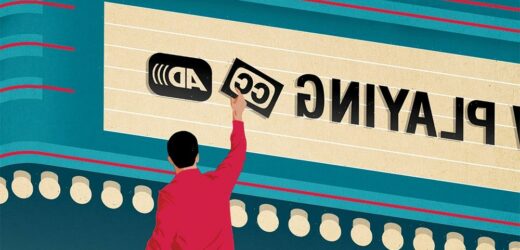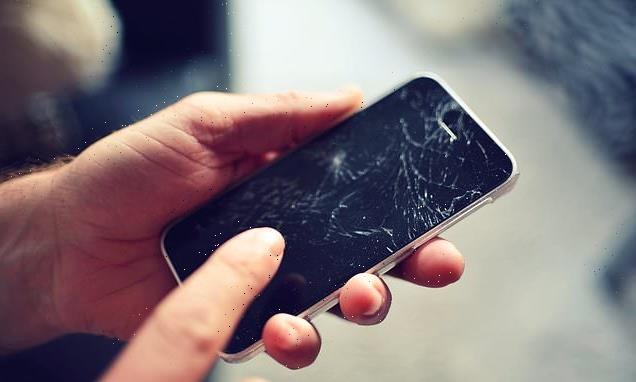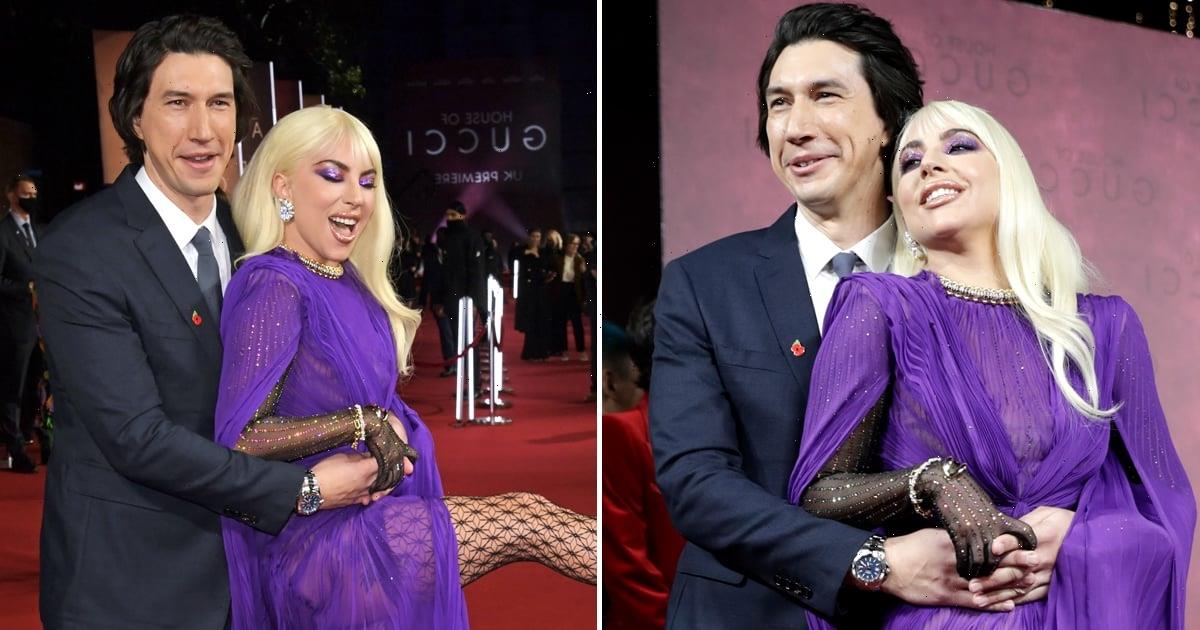When a fire alarm was triggered on Sept. 25 at London’s Red Bee Media — the company that’s the distribution hub for many U.K. broadcasters — the BBC and Channel 4 went off air for a few hours on a Saturday night.
But what was a minor inconvenience to most viewers was a crippling blow for the deaf and visually impaired, who lost access services to Channel 4 completely when the fire alarm’s gas suppression system damaged the broadcaster’s servers so severely that their systems needed to be entirely rebuilt. Almost two months later, audio description and sign language services are only now being reinstated.
“Why are access users being treated as second-class citizens?” demanded Caroline O’Neill, director of industry organization Deaf and Disabled People in TV, in a letter to broadcast executives shortly after the incident. “If this was a picture or an audio issue affecting a nondisabled audience, broadcasters and [media regulator] Ofcom would be falling over themselves to restore services.”
In the U.K., one in five adults (12 million of 67 million people) is deaf or hard of hearing, while almost 2 million people live with sight loss. Yet a publicly owned broadcaster was almost completely inaccessible to these groups for more than a month. (Subtitles were restored in mid-October.)
“It’s about where people put access in their list of priorities,” says Melanie Sharpe, CEO of deaf-led charity Stagetext. “The system that Channel 4 put in as a backup wasn’t fit for purpose. If that was a priority, that would have been tested beforehand.”
On Nov. 15, Stagetext, which helps U.K. theaters add captions to live performances, launched Captioning Awareness Week — an initiative that aims to educate about accessibility in the arts. Small theaters to large chains in Britain are increasingly committing to captioned performances, but the number of shows where they’re made available varies.
Says Sharpe: “It needs to be the norm — not the exception to the rule — that access is there and available for everybody. You wouldn’t dream of putting a ramp for wheelchairs only twice in a run. Why can’t you have captions or subtitles the whole way through?”
The company is exploring new, cost-effective technologies to offer the services, but many rely on artificial intelligence, which isn’t always reliable. “It’s great up until a certain point, but if the text gets complicated, it can’t cope,” says Sharpe.
The enduring struggle of a small arts charity trying to make theater accessible in the U.K. is not dissimilar to the uphill battle faced by 1in4, an intersectional coalition of disabled creatives working in Hollywood. Named in reference to the 25% of the U.S. population with a visible or invisible disability, the group aims to enact structural change to bolster the employment and representation of disabled people.
Stephen Letnes, one of the 10 co-founders, is a film composer and pianist who was born legally blind. He’s reliant on audio description to watch content, but says the service has “a ways to go to catch up to the level of captions and subtitles.”
“It took a long time for me as a visually impaired person to advocate for myself. I didn’t even know A.D. existed until maybe four years ago, because I didn’t know how to access it,” he says.
Letnes highlights a lack of consistency in availability of audio description. For example, when what seems like the whole world is watching “Squid Game” on Netflix, audio description in English remains unavailable. (Netflix tells Variety that Korean audio description was provided on launch; it’s still the only language available in A.D. to date. Around 14 languages will be added as A.D. but it’s unclear when.)
“There is such a hunger for audio description that, in many ways, we’re still in the information stage,” says Letnes.
Actor and 1in4 co-founder Natasha Ofili, who is deaf, also highlights that quality control of access services, which ensures frictionless experiences that don’t pull users out of the content, must also be a consideration. “There are some people that have this mindset of ‘This is better than nothing. This is good enough. At least we tried.’ And we’ve done that for many years. We have to focus more on doing better,” Ofili says.
Media services companies such as Deluxe, which provides subtitling, dubbing and accessibility for film and TV, report greater efforts being undertaken to boost the integrity and accuracy of access.
“There is the necessity of it, and there’s the art,” says Deluxe chief strategy officer Anna Lee, former head of global content services for Netflix. “We don’t need to compromise one for the other.”
Lee observes that audio description still lags behind captioning, but that steps are being taken to heighten the available services. It requires a complex understanding of language, she says, because it captures every moment, every expression and every nuance within a scene that isn’t immediately visible.
“We create a descriptive audio script. A very talented writer has to watch frame by frame and capture everything,” says Lee. “It’s a highly specialized skill that not many people are that good at, but we’ve mastered it over the years.”
Ultimately, audio description is now critical to a full-service offering. “Servicing the sight-impaired community is something we could have and should have been doing,” says Lee.
Source: Read Full Article


